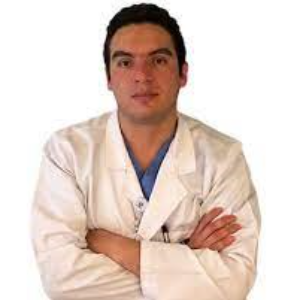Title : A Less invasive, multivessel, multiarterial technique of coronary artery bypass graft surgery with conventional instruments in the real world
Abstract:
This work shows the development of an innovative surgical technique that makes it possible to treat ischemic heart disease with lower associated risks, offering complete revascularization. We routinely perform a technique via left mini-thoracotomy or video-assisted multi-arterial grafts without manipulating the aorta. Depending on the patient's stability and the possibility of offering complete revascularization, we implement techniques outside or in extracorporeal circulation. After a learning curve with dedicated teams, we believe that this technique offers better results than conventional ones.
Materials and methods: Data are collected and described from patients who underwent minimally invasive techniques at our institution in the last two years when the routine less-invasive revascularization program began. We will prospectively describe the technique and its development. Type of intervention. Grafts used. Bridges made. Length of stay, complications, and follow-up of patients.
Results: 48 patients underwent myocardial revascularization under a minimally invasive technique, mostly multi-arterial grafts and without touching the aorta. Some of them with hybrid procedures. Summary of results: Reintervention for bleeding 0%. Reoperation 1 (2.08%) Perioperative cerebral infarction 0%. Deep infection 0%. Superficial infection 0%. Foreign body reaction / granuloma 2%. Residence time like conventional techniques. Less time to return to daily life / work 3 to 4 weeks vs. 6 or more. Greater pain during the first postoperative week. Minor pain from the second postoperative week
Audience Take Away Notes
- The development of these techniques demonstrates (compared to conventional ones) a lower rate of complications and faster recovery to daily life, while still offering the advantages that surgical myocardial revascularization has demonstrated over time. It must be part of the management and treatment tools for our patients
- These experiences will serve as an example and motivation for others in the field who are trying to enhance their job development favoring patients experiences and results
- Health teams that care for underserved patients in developing countries can develop and maintain less invasive programs generating a huge impact on health care
- Aligned with the purpose of the conference; These techniques will overcome Hindrances, will make Evolutions and Advancements and should be part of the Recent Trends in Cardiology



